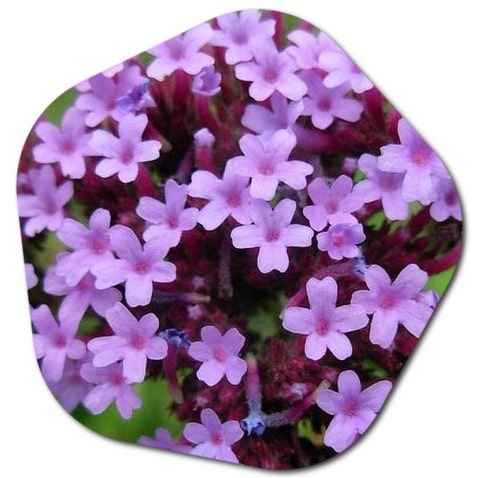Does the verbana flower grow in California?
Yes, Verbena flowers do grow in California. While Verbena bonariensis, as mentioned earlier, is not native to California, there are several species of Verbena that are native to different parts of California and can be found growing in the wild. These native species include:
- Verbena lasiostachys (Western Vervain): This native verbena species is found in various habitats across California, from coastal regions to inland valleys. It produces spikes of purple to lavender flowers.
- Verbena gooddingii (Goodding’s Vervain): Native to southern California and Baja California, this species features pale lavender flowers and is adapted to arid environments.
- Verbena californica (California Vervain): This native species is commonly found in meadows, grasslands, and open areas throughout California. It has purple to blue flowers and is well adapted to the state’s climate.

These native Verbena species play a role in supporting local ecosystems and wildlife, providing nectar for pollinators and contributing to the biodiversity of California’s flora.
Is lemon verbena native to California?
No, Verbena bonariensis is not native to California. Verbena bonariensis, commonly known as tall verbena or purpletop vervain, is native to South America, particularly Argentina and Brazil. It has been introduced to various parts of the world as an ornamental plant due to its tall, slender stems topped with clusters of purple flowers. While it might be found growing in California as a cultivated garden plant, it is not a native species to the region.
Does verbena grow in California?
Yes, Verbena does indeed grow in California. There are several species of Verbena that are native to various parts of California, and they can also be found growing in gardens and landscapes as ornamental plants. Additionally, non-native species of Verbena, including the popular garden Verbena hybrids, can be cultivated in California’s climate.

Verbena species, both native and non-native, are often appreciated for their colorful flowers and ability to attract pollinators like bees and butterflies. They can be found in a range of habitats, from meadows and grasslands to urban gardens and coastal areas throughout the state.
How to care for Verbena in California?
Caring for Verbena in California is relatively straightforward, as long as you provide the right conditions for the specific species you’re growing. Here are some general guidelines for caring for Verbena in California:
- Planting: Choose a location with well-draining soil and good sunlight exposure. Most Verbena species prefer full sun to thrive. Plant them in the spring after the danger of frost has passed.
- Watering: Verbena generally prefers moderate water levels. Water the plants regularly, keeping the soil consistently moist but not soggy. During hot and dry periods, you might need to water more frequently.
- Mulching: Applying a layer of mulch around the base of the plants can help retain soil moisture, suppress weeds, and regulate soil temperature.
- Fertilizing: You can apply a balanced, slow-release fertilizer during the growing season to promote healthy growth and flowering. Follow the instructions on the fertilizer package for application rates.
- Deadheading: To encourage continuous blooming, deadhead (remove) faded flowers regularly. This prevents the plant from using energy to produce seeds and instead directs it towards producing more blooms.
- Pruning: Depending on the species, you might need to trim back the plants in late fall or early spring to remove any dead or leggy growth. This will help maintain a compact and healthy plant.
- Pest and Disease Control: Keep an eye out for common garden pests like aphids or whiteflies, as well as diseases like powdery mildew. If you notice any issues, treat them promptly with appropriate methods, which might include insecticidal soap for pests or fungicides for diseases.
- Overwintering: In milder parts of California, Verbena might survive the winter without any special protection. In colder areas, you can either treat it as an annual and replant each year or provide winter protection by mulching the base of the plant and possibly covering it with a frost cloth during extremely cold nights.
- Division: Depending on the species and how vigorous the growth is, you might consider dividing established plants every few years to rejuvenate them.
Remember that the care requirements can vary slightly depending on the specific species of Verbena you’re growing, so it’s a good idea to research the particular variety you have to ensure you’re meeting its needs effectively. Vervain in California >>





